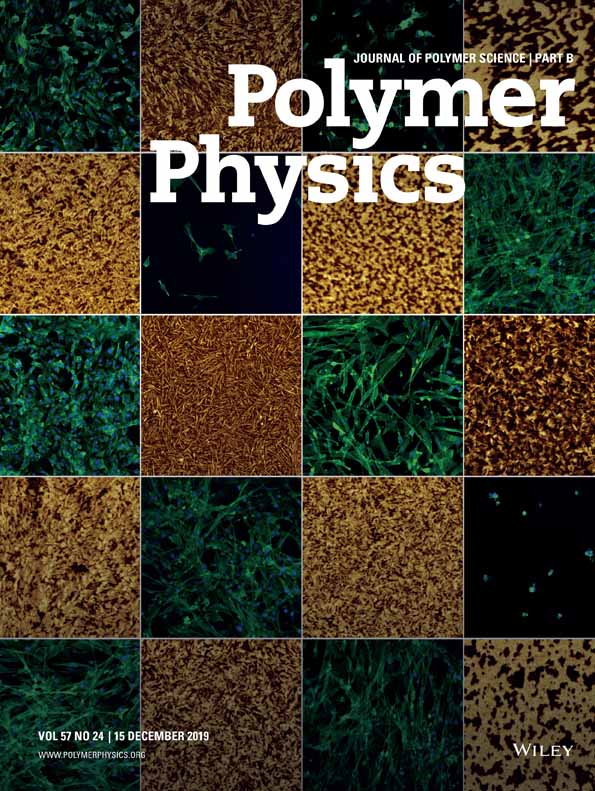Spinodal decomposition of two homopolymers with their block copolymer: A comparison of models
Abstract
The dynamics of phase separation in the presence of a diblock copolymer have been studied using ternary and quaternary models of spinodal decomposition. The ternary model treats the block copolymer as a third component that is compatible with each of the mutually incompatible homopolymers. The quaternary model treats the block copolymer as a pair of specially constrained homopolymers. Both models predict core-shell morphologies with the copolymer concentrated at the interface. Both models predict larger domain sizes and less sharp phase boundaries in the early stages of spinodal decomposition. In the late stages, domain sizes are largest for the system of homopolymers without copolymer and smallest when a system containing copolymer is modeled as a quaternary blend. The scaling exponent observed for the quaternary model was s = 0.25 ± 0.02 compared to s ≅ 0.3 for the homopolymers without copolymer and for the ternary model. The quaternary model predicts internal phase separation within a pure diblock copolymer, whenever the corresponding homopolymers are sufficiently incompatible. © 1996 John Wiley & Sons, Inc.




